Slowly but surely, recycling food scraps is catching on in Hong Kong. Faye Bradley learns about the value of leftovers from advocates and adopters of the concept.
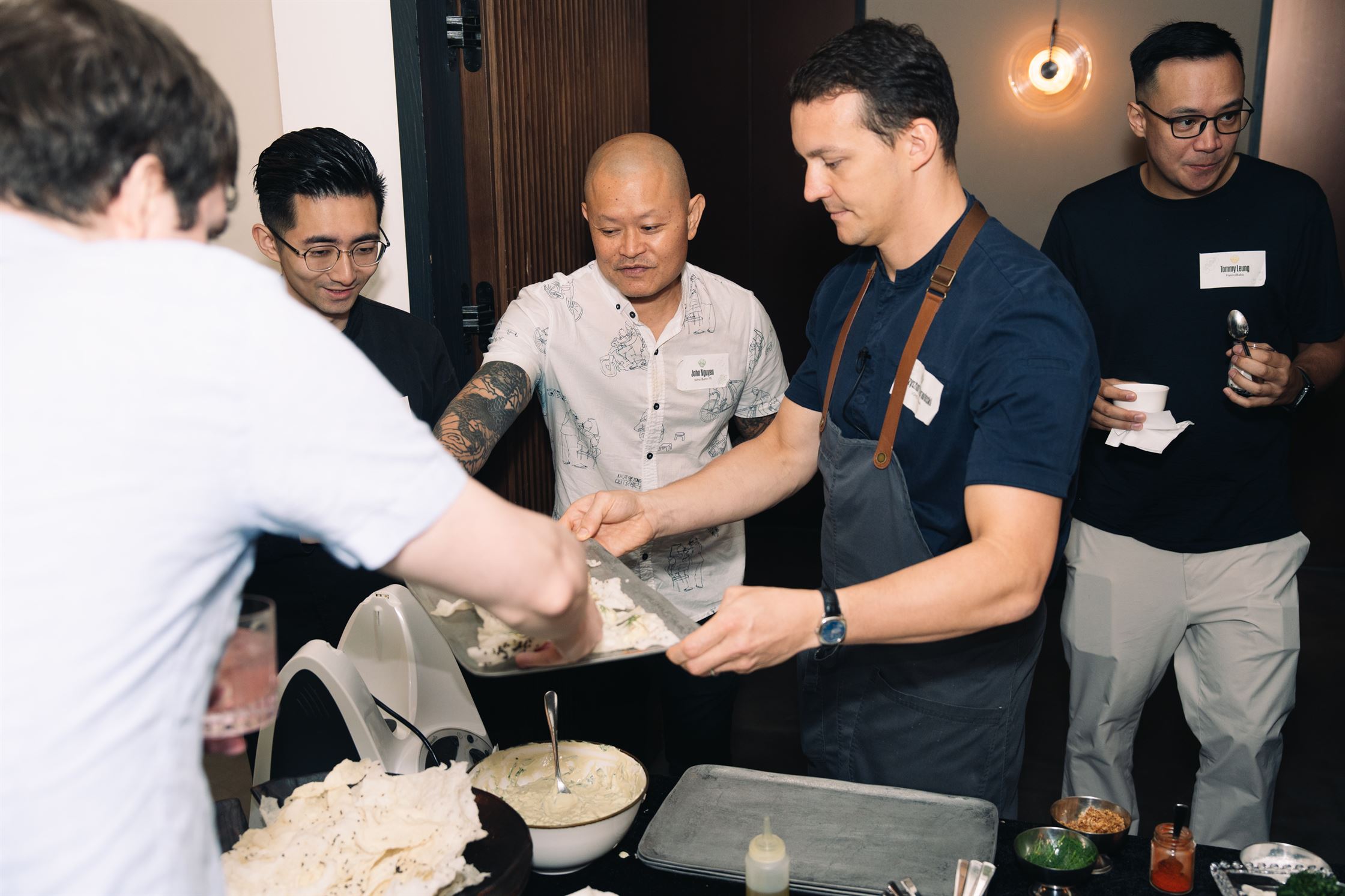
In Hong Kong, more than 3,400 metric tons of food waste ends up in the landfill every day, according to Feeding Hong Kong, a registered charity with a mission to fight hunger and reduce food waste. Yet in this humongous tide of scraps — cucumber peels, lemon rinds, onion skins and the like — lies an opportunity to adopt a conscious lifestyle.
Launched in June, Conscious Cooking — Asian Delights promises to show readers how to do it. The book is a collaborative effort by the University of Hong Kong’s School of Biological Sciences, Green Hospitality — a charity focused on sustainable practices in hospitality and tourism sectors — and Chomp, an app that connects food-and-beverage businesses with customers interested in buying discounted and unsold items.
Krzysztof Czerwinski, executive chef at Soho House Hong Kong, has a recipe in the book. “I’ve learned to embrace imperfection and think critically about how to incorporate food scraps and less visually appealing ingredients into my dishes,” he says.
Samaira Kavatkar, head chef of Indian restaurant Nine One, has contributed her thayir sadam (curd rice) recipe, for which she uses leftover steamed rice. She says, “I always emphasize that in Hong Kong, food scraps can be transformed into luxe eats.”
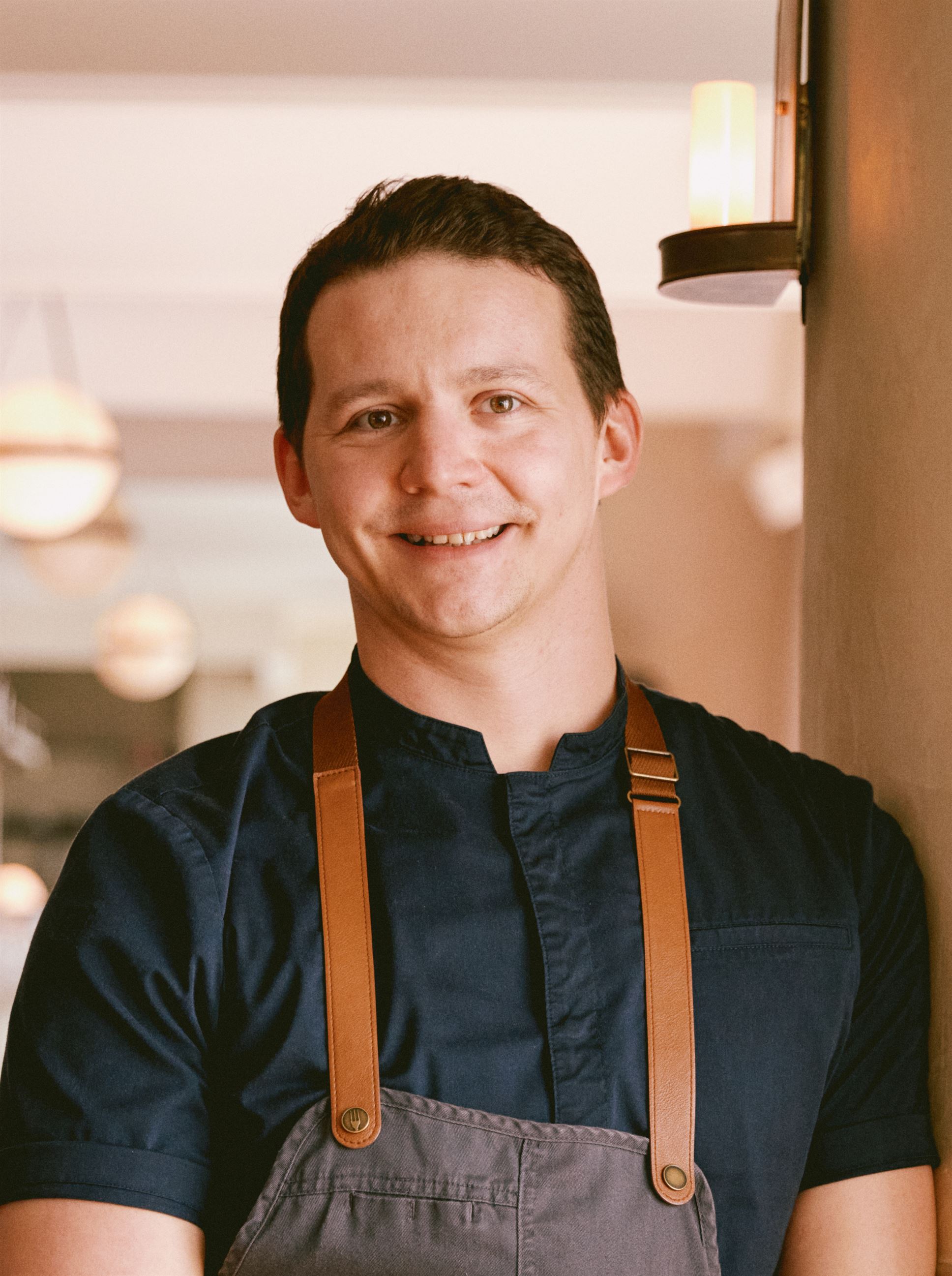
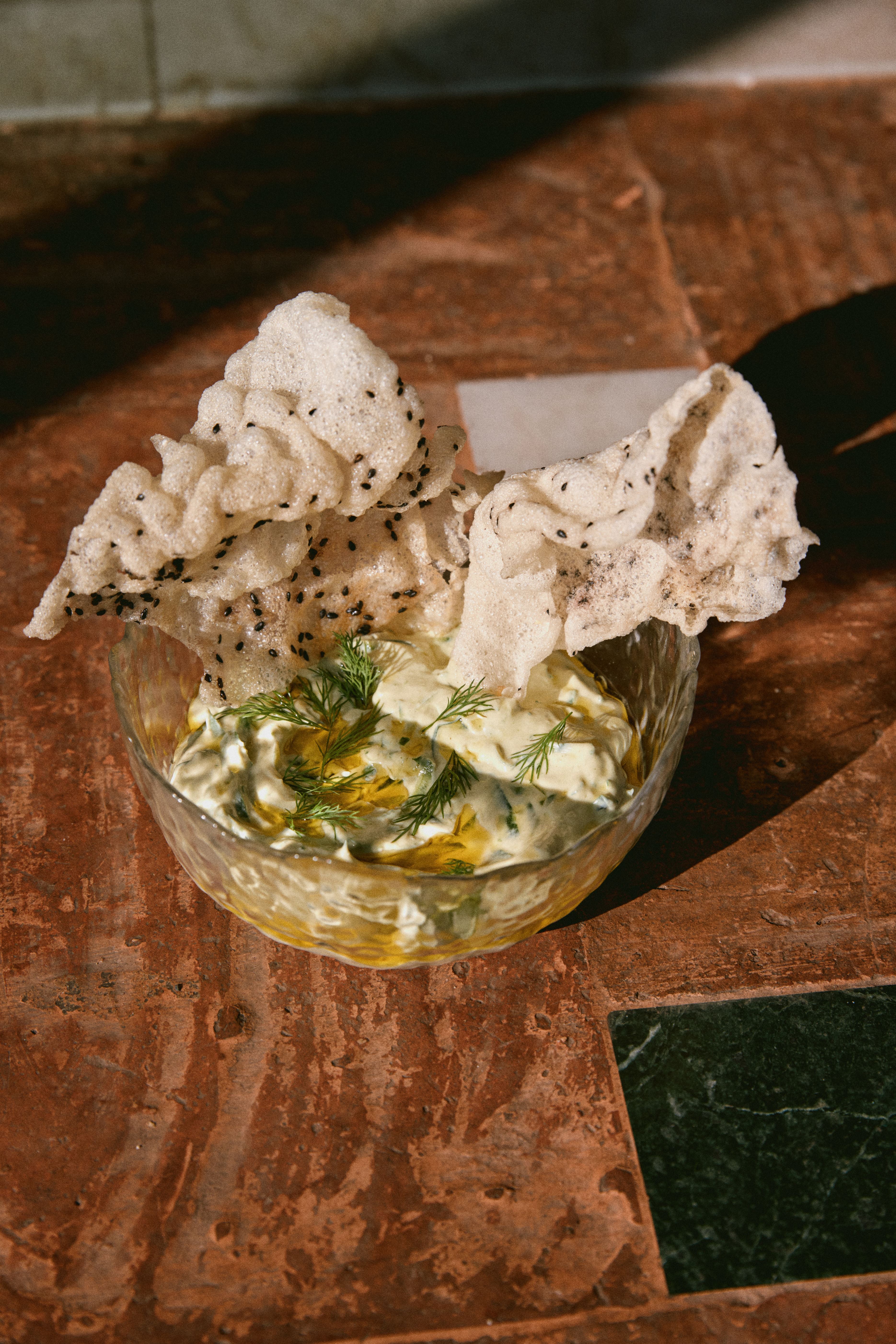
Changing perceptions
Food scraps often contain valuable nutrients, such as vitamins, antioxidants and fiber. “I believe that if more people understood the nutritional value of food scraps, they would reconsider throwing them away and look for ways to make use of them,” says Jetty Lee Chung-yung, an associate professor at the School of Biological Sciences, HKU, and a core member of the team behind Conscious Cooking.
Lee points out that the volume of Hong Kong’s daily food waste looks all the more glaring considering that “1 in 4 families in the city lives in poverty”.
She adds that “there’s a common assumption that Hong Kong will always have enough food to feed its residents, which leads to a sense of complacency about food security and sustainability”.

But such mindsets are changing, if the number of Chomp subscribers is anything to go by. Since its November 2021 launch, the app has attracted more than 80,000 users and partnered with over 250 food-and-beverage retailers to offer its food-saving services. It has helped divert surplus food from landfills, saving over 200,000 kilograms of carbon dioxide emissions. The app connects individuals and businesses with surplus food, making it easier to adopt sustainable food habits. Interested consumers — mainly working professionals aged 25-45 — buy surplus food packaged in “mystery boxes” at a discounted rate.
Aurea Yung, head of operations at Foodlink Foundation — a Hong Kong charity dedi cated to feeding the hungry and reducing food wastage — points to a marked shift in public awareness: “More people are becoming conscious of food waste and are taking practical steps, such as taking away leftovers after meals.”
The foundation runs workshops in which fruits that are in less-than-perfect condition are turned into sweets. The idea is for the participants to appreciate “that even less-than-perfect produce can be delicious and valuable”.
Innovation is key
In 2023, Green Hospitality’s maiden “Food Waste to Good Taste” competition saw a group of HKU science students come up with a somewhat remarkable idea — repurposing discarded seafood shells into calcium-rich, seafood-flavored dog toothpaste. Designed to make brushing of teeth more enjoyable for pets, the product combines sustainability with pet wellness.
Breer HK had launched the “world’s first” beer made from recycling discarded pizza crusts, but the product is currently unavailable.
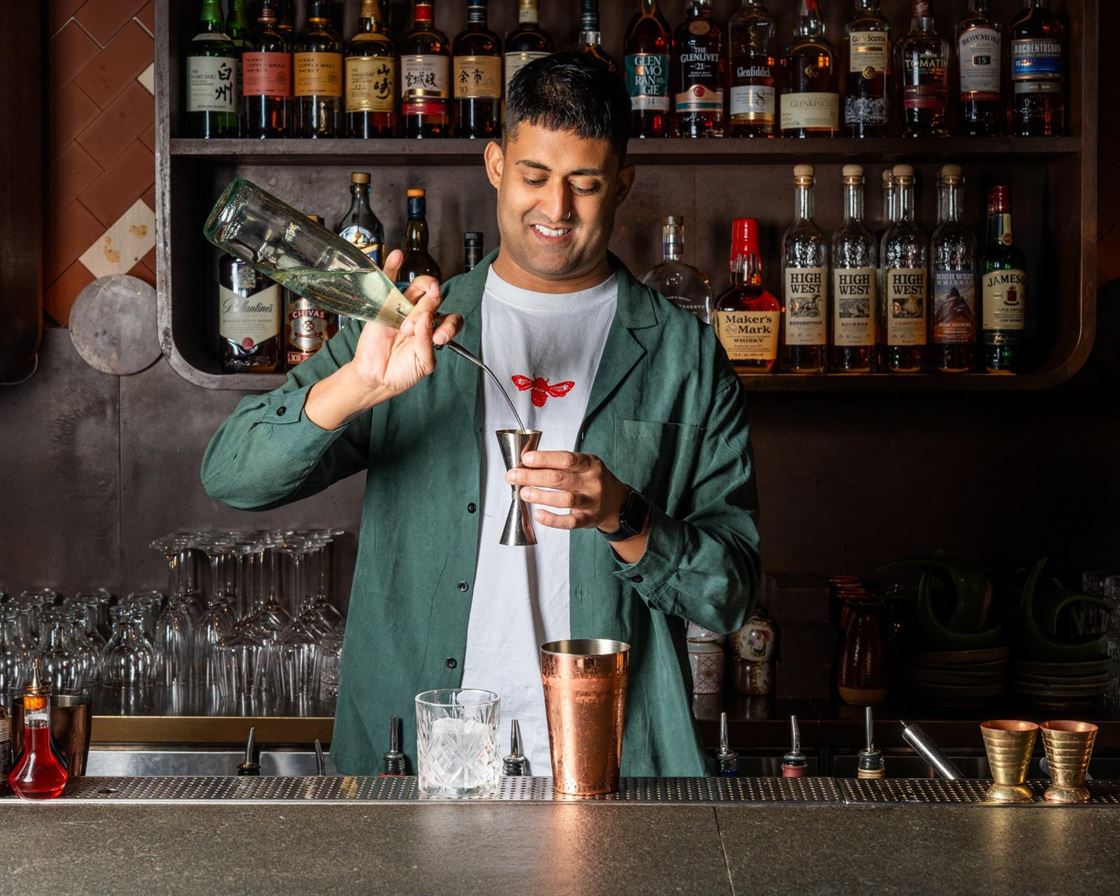
Socio, a bar in Soho, has a best-seller in its oyster-shell cocktail, for which vinegar is added to the distilled shells, followed by passion fruit, cardamom and sparkling wine. Bar co-founder Amir Javaid says patrons can try the drink to support the cause of sustainability and “still have the ‘wow’ factor”.
The way forward
Daisy Tam, associate dean (development), Office of the Dean of Arts and Social Sciences at Hong Kong Baptist University, says that many Hong Kong people do not feel strongly about food waste “because we import everything”.
She advocates embracing the “whole animal and produce” approach, urging a cultural shift toward zero waste: “If we can teach people to use every part of the animal, or fish, they eat, we can reduce waste significantly.”

Chomp founder Carla Martinesi wonders if the Municipal Solid Waste Charging Scheme, proposed and then scrapped by the Hong Kong Special Administrative Region government in 2024, could be given a second chance. She believes “economic incentives, subsidies, and penalties can help shift consumer and business behaviors”.
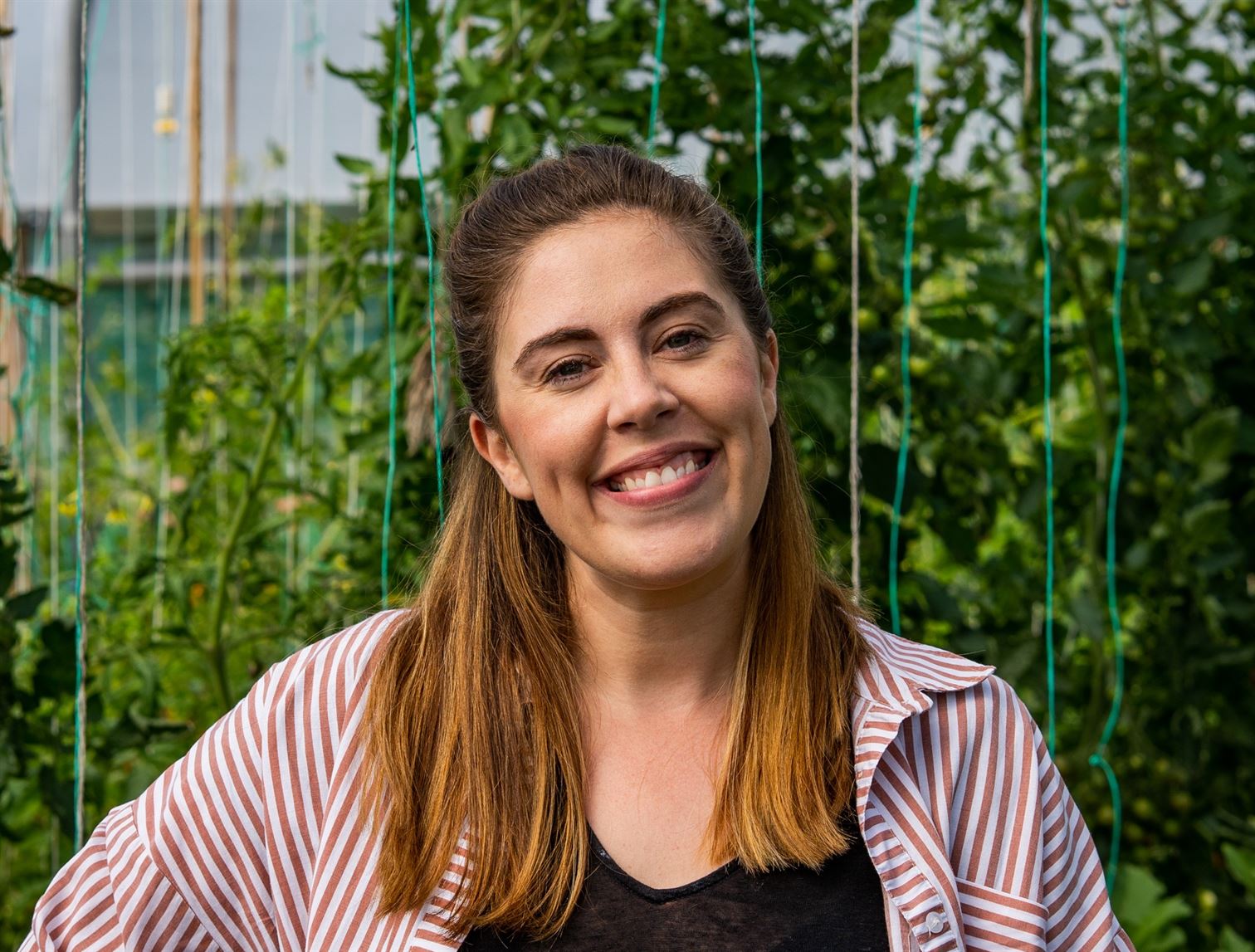
Karen Finnerty, growth and partnerships director of the Sustainable Restaurant Association in the Asia-Pacific region, stresses the importance of adopting proactive measures: “The biggest change will come when you work to avoid food waste from the very beginning of the process by planning your menus, sourcing appropriately and training your staff.”
She highlights the roles played by some of Hong Kong’s elite hotels in reducing food waste. For example, at Fish Bar in JW Marriott Hotel Hong Kong, leftover grouper bones are pulverized and blended with gluten-free flour to create the restaurant’s signature fish bone fettuccine. Whole lemons, including peels, go into lemonades. Similar efforts have cut plate waste by as much as 34 percent at the restaurants in Hyatt Regency’s Sha Tin property, proving that food waste prevention is both feasible and profitable.
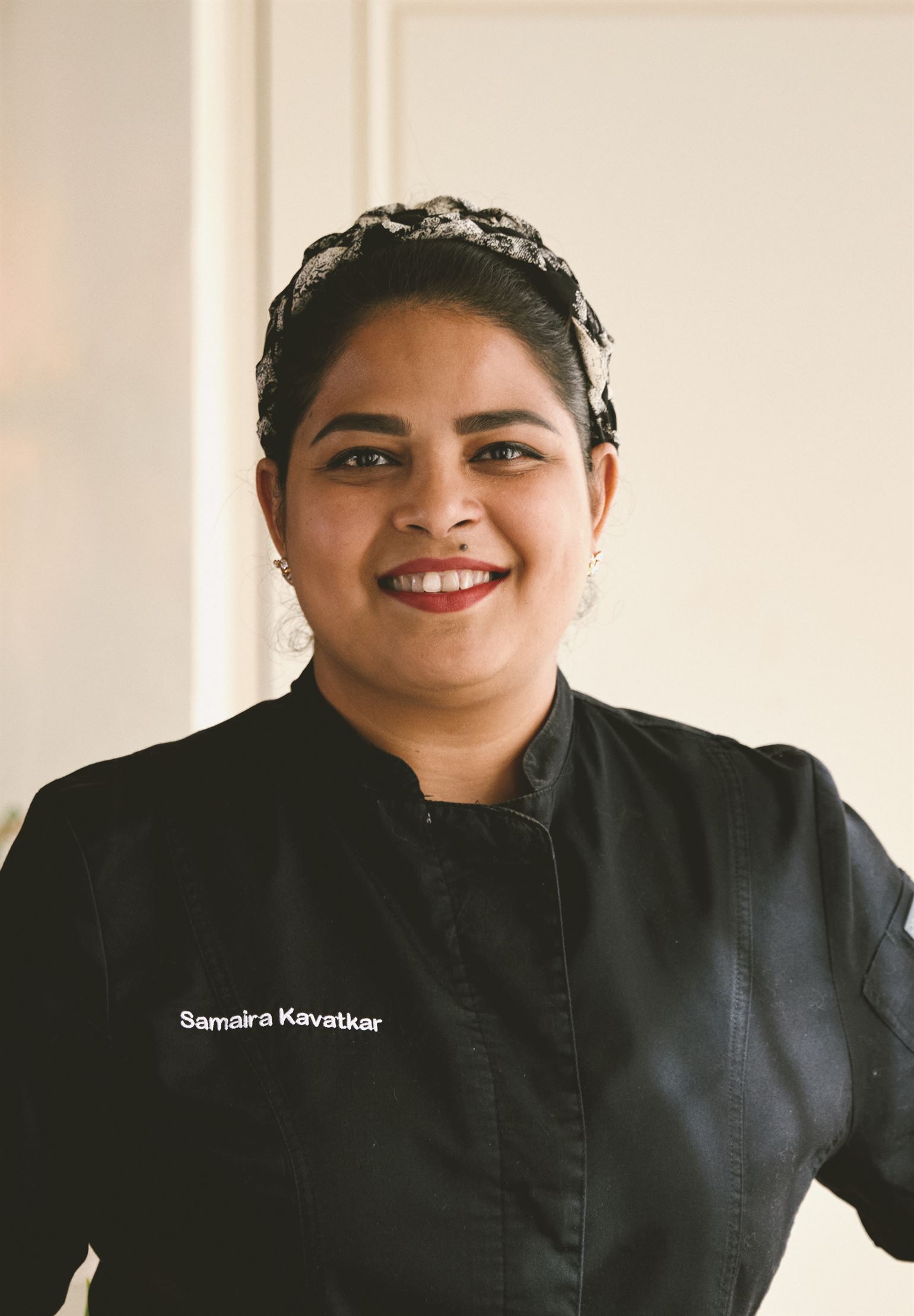
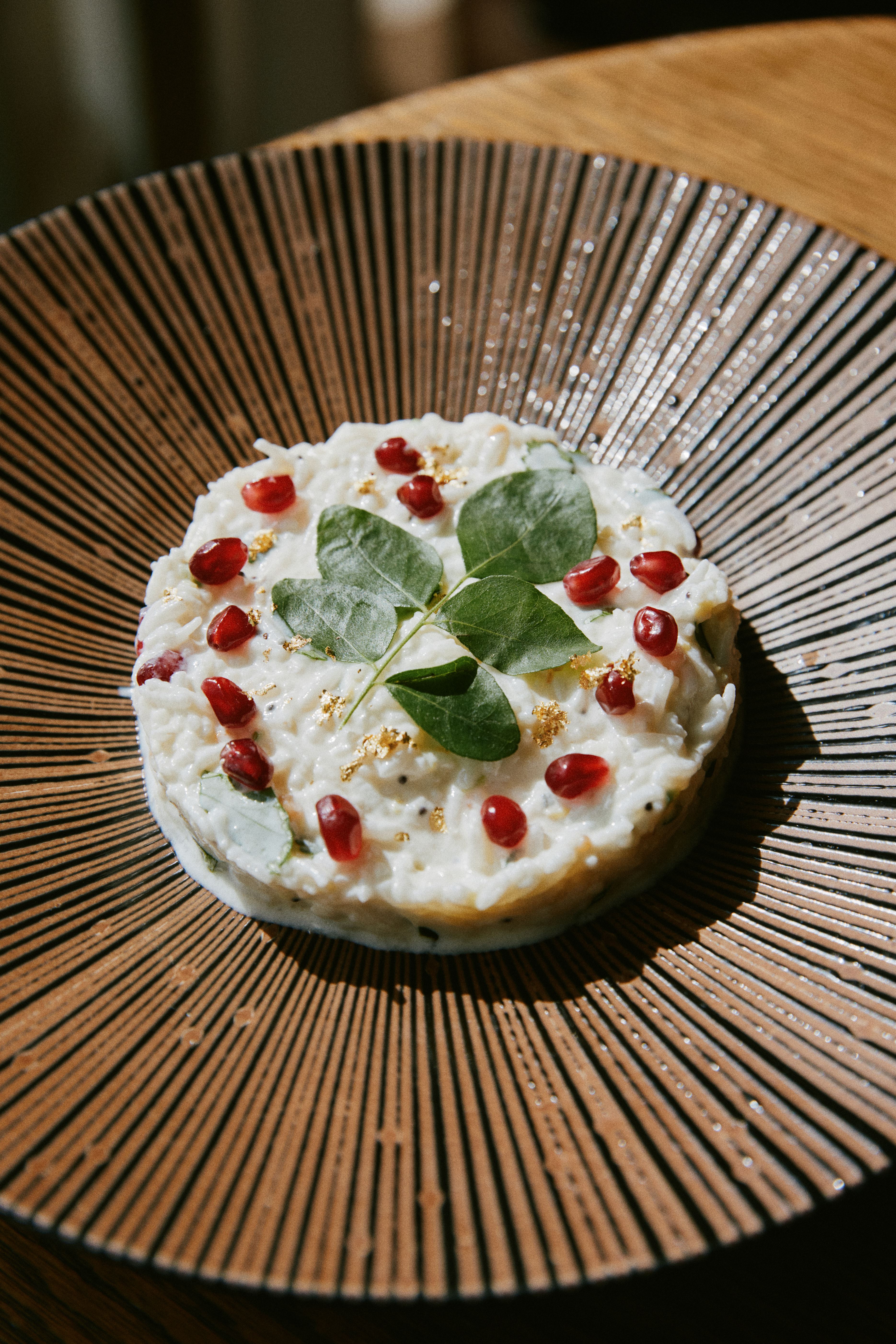
Teaching food waste reduction in school and at home can help instill a sense of responsibility and resourcefulness in children. Kavatkar points out that an early initiation into adopting sustainable practices is particularly useful for anyone looking for a career in the hospitality sector, especially when it comes to efficient inventory management and creative menu planning, leading to significant reduction of food waste.
Bridging surplus and need
Feeding Hong Kong has been at the forefront of turning surplus food into a social good since 2011. Its founder and CEO, Gabrielle Kirstein, says most people in the food business nowadays “recognize that surplus food is not waste — it’s food”.
For that reason, the bulk of surplus food redistributed at Feeding Hong Kong is sourced from wholesalers, distributors and retailers rather than restaurants.
Commercial kitchens tend to generate little surplus thanks to efficient menu engineering. Chefs try to use up the stock at their disposal entirely, by putting the same ingredient, garlic paste for example, in marinades, soups and dressings.
However, sometimes a restaurant may receive a delivery from a supplier that does not meet their requirements. In those cases, Feeding Hong Kong collects and stores the surplus food that might otherwise go to waste.
Feeding Hong Kong is also trying to promote a culture of taking away the leftovers after eating out. “We would love to see more restaurants actively encouraging diners to pack and take away their edible leftovers, and sharing advice on the best way to reheat or enjoy their surplus the next day,” says Kirstein.
The story of food waste in Hong Kong is no longer only about losses — it’s about possibilities. “I want to imagine a better food future for the city — from the way we eat, to the way we produce, from reducing waste, to improving food security,” says Tam of HKBU. “There’s still so much more to be done, and Hong Kong is a great place to start.


